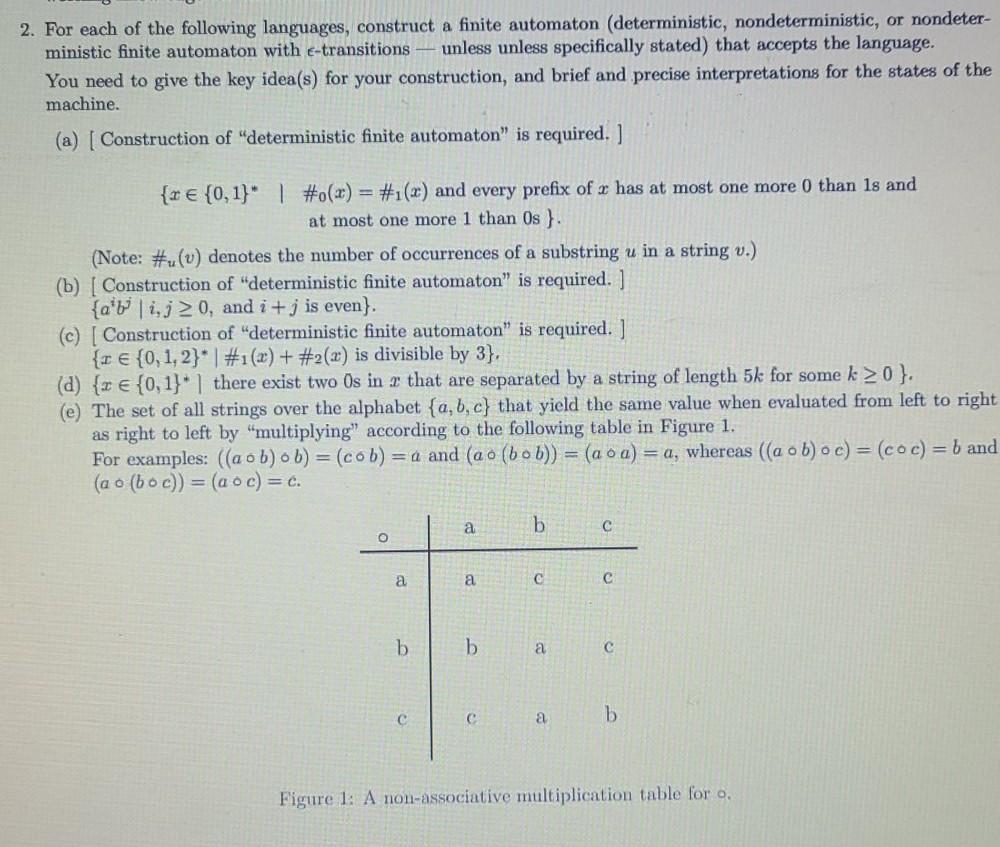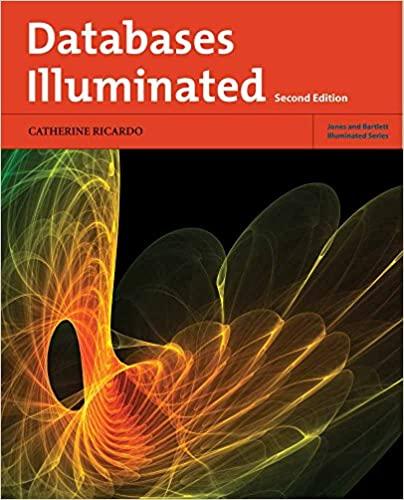Answered step by step
Verified Expert Solution
Question
1 Approved Answer
2. For each of the following languages, construct a finite automaton (deterministic, nondeterministic, or nondeter- ministic finite automaton with e-transitions unless unless specifically stated) that

2. For each of the following languages, construct a finite automaton (deterministic, nondeterministic, or nondeter- ministic finite automaton with e-transitions unless unless specifically stated) that accepts the language. You need to give the key idea(s) for your construction, and brief and precise interpretations for the states of the machine. (a) [ Construction of "deterministic finite automaton" is required. ] {r {0,1}" | #o(r) = #1(x) and every prefix of x has at most one more 0 than 1s and at most one more 1 than Os } (Note: #u(u) denotes the number of occurrences of a substring u in a string v.) (b) [ Construction of "deterministic finite automaton" is required.) {a'wij > 0, and i + j is even}. (c) Construction of "deterministic finite automaton" is required. ] {:: e {0, 1, 2}" | #1(x) + #2(x) is divisible by 3). (d) {z e{0,1}" | there exist two Os in a that are separated by a string of length 5k for some k >0}. (e) The set of all strings over the alphabet {a,b,c} that yield the same value when evaluated from left to right as right to left by "multiplying" according to the following table in Figure 1. For examples: ((a o b) o b) = (cob) = a and (a 0 (bob)) = (a o a) = a, whereas ((a o b) c) = (co c) = b and (a o (bo c)) = (a o c) = c. a b a c c b b a C C a b Figure 1: A non-associative multiplication table for o
Step by Step Solution
There are 3 Steps involved in it
Step: 1

Get Instant Access to Expert-Tailored Solutions
See step-by-step solutions with expert insights and AI powered tools for academic success
Step: 2

Step: 3

Ace Your Homework with AI
Get the answers you need in no time with our AI-driven, step-by-step assistance
Get Started


